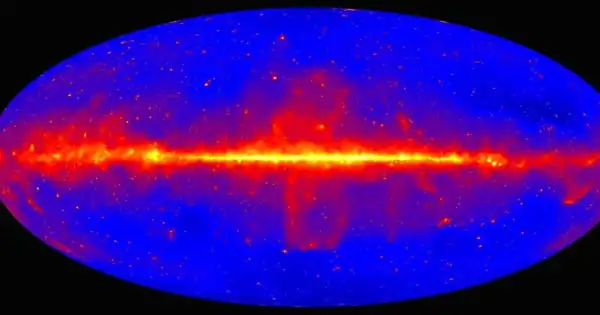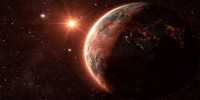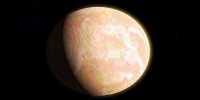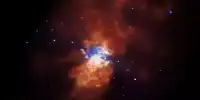All of the visible stars, planets, and galaxies account for only 4% of the universe. The remaining 96 percent is made up of material that astronomers cannot see, detect, or even comprehend. These enigmatic substances are known as dark energy and dark matter. Astronomers deduce their existence based on their gravitational influence on what little portions of the universe can be seen, but dark matter and energy remain undiscovered.
Researchers have long hypothesized a link between information and the physical universe, employing a variety of paradoxes and thought experiments to investigate how or why the information could be embedded in physical matter. This field of study was spurred by the digital age, implying that answering these research issues could have practical applications in a variety of branches of physics and computers.
A researcher attempts to shed light on how much of this information is out there and gives a numerical estimate for the quantity of encoded information in all observable matter in the universe – roughly 6 times 10 to the power of 80 bits of information.
The universe’s information capacity has been a source of contention for more than a half-century. Various attempts have been made to estimate the information content of the cosmos, but in this study, I offer a novel approach that also postulates how much information may be packed into a single elementary particle.
Melvin M. Vopson
Theoretical physicists have hypothesized about the probable relationship between information and the physical Universe since the dawn of the Digital Age (around the 1970s). Given that all matter is made up of information that defines the state of a quantum system (aka. quantum information) and that genetic information is encoded in human DNA, it’s not a stretch to believe that physical reality may be expressed in terms of data.
A University of Portsmouth researcher attempts to shed light on exactly how much of this information is out there in AIP Advances, from AIP Publishing and presents a numerical estimate for the amount of encoded information in all visible matter in the universe – approximately 6 times 10 to the power of 80 bits of information. While not the first estimate of its kind, this study’s approach relies on information theory.
“The universe’s information capacity has been a source of contention for more than a half-century,” author Melvin M. Vopson remarked. “Various attempts have been made to estimate the information content of the cosmos, but in this study, I offer a novel approach that also postulates how much information may be packed into a single elementary particle.”
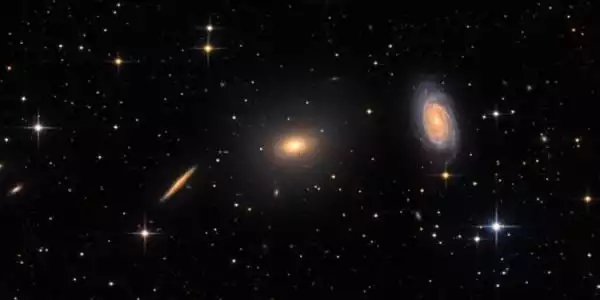
The author calculated the amount of information encoded in each basic particle in the observable universe as 1.509 bits of information using Shannon’s information theory. In 1948, Claude Shannon, known as the “Father of the Digital Age” for his work in information theory, created this approach for quantifying information.
“This is the first time this approach has been used to measure the information content of the cosmos, and it yields a clear numerical prediction,” Vopson added. “Even if it isn’t completely accurate, the numerical forecast provides a viable avenue toward experimental testing.”
Recent research gives light on the interactions between information and physics, such as how information departs a black hole. However, the specific physical importance of information remains difficult, despite the fact that several radical ideas suggest that information is tangible and can be measured.
In prior research, Vopson proposed that information, like solid, liquid, gas, and plasma, is the fifth state of matter, and that elusive dark matter could be information. Vopson’s research also involved the development of a formula that precisely reproduces the well-known Eddington number, which is the total number of protons in the observable universe.
We can determine how much ordinary matter was there when these reactions occurred by examining the ratios of these elements in very old cosmic objects. Astronomers have lately explored the interactions of “fast radio bursts,” which are enigmatic flashes of radio waves from the distant universe, with the ordinary matter as they travel through the universe. These add a new dimension to the measurement of this material.
While this study’s technique omitted antiparticles and neutrinos and made certain assumptions regarding information transport and storage, it provides a unique tool for measuring the information content of elementary particles. Practical experiments are now available to evaluate and develop these predictions, including research to prove or refute the concept that information represents the universe’s fifth state of matter.
